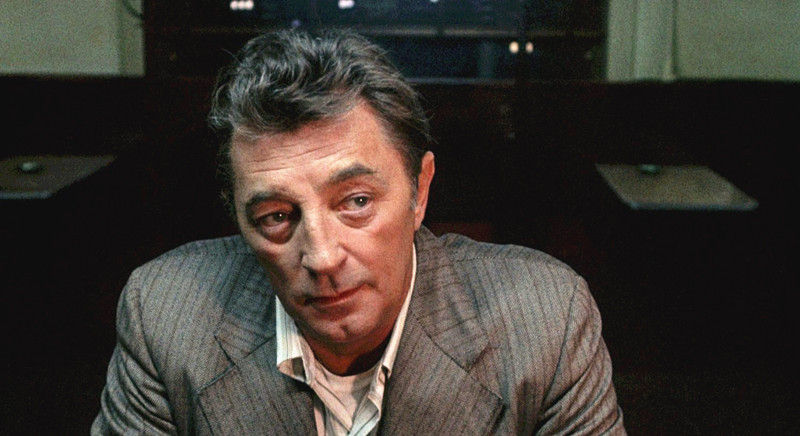
The Olympics has the gold medal. The county fair has the blue ribbon. International film festivals have Golden Palms, Golden Lions and Silver Bears (yes, really). All of those represent the very best (at least in the opinion of someone or some body of people). However, the Olympics also has silver and bronze medals. Fairs give out red, yellow and white ribbons for various degrees of excellence. Festivals bestow silver awards and some cleverly disguised designations (at Cannes the Grand Prix is actually the second place award).
The point of all of this is that winning the less than top prizes doesn’t make something bad, it’s just not the very best (in theory, anyway). The following films may be looked upon as the ones with the lesser prizes, so to speak. However, they all are interesting works, several from major artists, which can boast having a number of fine qualities and containing a variety of worthy elements. They, too, are worth a look.
1. Sapphire (1959)
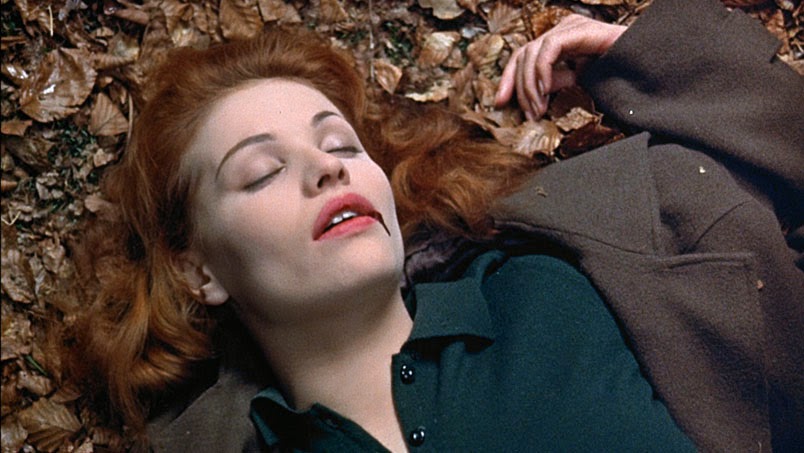
Basil Dearden was a longtime staple of the British film industry, gamely directing whatever films came his way, such as the 1956 comedy “The Smallest Show on Earth” (a lovely small film). However, he had his auteur moments, if not career. Looking back over his work now, the thrillers he directed in the late 50s/early 60s which contained social undercurrents stand as his best and most heartfelt work.
Though his 1960 crime caper film ‘The League of Gentlemen” is a classic of its sub-genre, and 1961’s suspense film “Victim” was a landmark in its use of homosexuality in the then ultra-strict British society as a key plot point (and a turning point in the career of the great Dirk Bogarde), there was another finely made film which should also be remembered.
“Sapphire” is a murder-mystery containing a surprising sociological twist. The title character is seen quite briefly, chiefly as her lifeless body is being thrown backwards into the bushes of an urban park by an unseen assailant in a very short pre-credit sequence.
In examining the body of the comely red-haired young woman, the police find that she was a music student who had recently become engaged to a promising young archeology student (Paul Massie) after it was discovered she was pregnant.
The case initially seems open and shut until Sapphire’s brother (Rupert Davies) arrives and turns out to be a very dark-skinned doctor from the West Indies. It seems she was of color but had taken after her lighter skinned parent and was passing for white so far from her childhood home, and also led a double life cavorting in a number of low London dives catering to people of color. This opens up a new array of possibilities pertaining to the identity of her murderer.
“Sapphire” is an unusually low-key mystery film, especially for one with a then-hot social issue at the center (race relations in England were far from serene at the time). The police detectives (Nigel Patrick and Michael Craig) are far from superheroes, nor do they possess any special quirks (in fact, nothing of their personal lives gets a mention).
The killer is no supervillain and the detectives find the solution in a logical, methodical order. When the solution arrives, it turns out to be more sad (and believable) than sinister. Mention should also be made, though, of the capable British actress Yvonne Mitchell, here portraying the fiancée’s pathetically socially ambitious sister.
Maybe all of this was a little too “kitchen sink” for broad appeal and the subject may, at first, seem dated today. However, much like the clothes and furnishings in the film, things have a way of being cyclical and looking fresh again and “Sapphire” looks more meaningful now than might be suspected.
2. Rocco and His Brothers (1960)
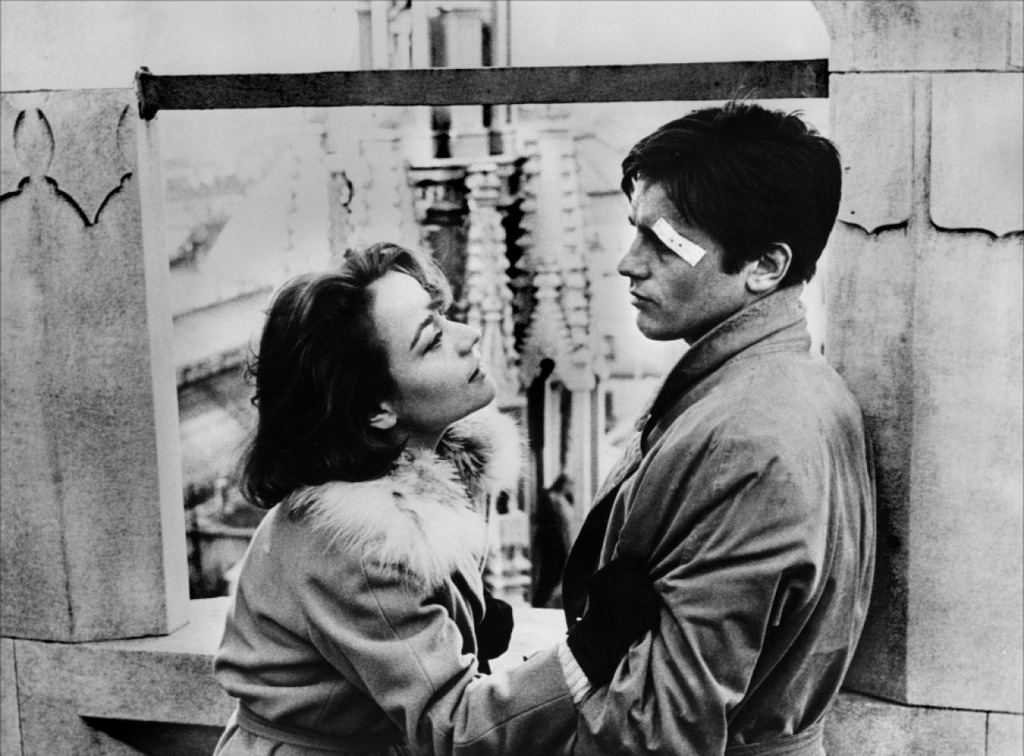
Italian director Luchino Visconti was an unusual figure in the world of cinema. Hailing from an aristocratic background, he embraced the common man (and was, theoretically, anyway, a communist). He had an aristocratic taste for fine art, yet often took cheap source material and elevated it to the level of art. He was also openly gay and allowed his libido to sway him in casting beautiful, though not always greatly talented male actors in the leads for his films.
This brings up his early 60’s collaborations with French star Alain Delon, a splendid object for the camera, but not always the most evocative of thespians. Visconti made two major films with him (and he was not alone among major film makers in choosing him, some of whom had no sexual interest in him).
1963’s “The Leopard” may be not only the finest hour of the director-star duo, but the finest work of either. However, their first film, “Rocco and His Brothers,” shouldn’t be overlooked either.
Pauline Kale compared the plot to an old Warner Brothers film of the 30s or 40s and she may have a point, but those were good films as well. The plot opens with the title character (Delon, of course) arriving in Milan with his hysterically embittered mother (Greek stage actress and 40’s Oscar winner Katina Paxinou in her only other noteworthy film role) and three brothers from their impoverished native homeland in the country. They hope to be welcomed by their oldest brother, who has arrived and established himself there some time before, but are cruelly disappointed by him.
Still, they must stay on and make their way and Rocco and the three others who arrived with him decide to take their chances in the boxing ring. Added to this is the disturbing presence of Nadia (an excellent Annie Girardot), a woman who is pretty much a prostitute, who loves Rocco but is loved, in his quite brutal way, by another of the brothers, Simone (Renato Salvatori), a fact which drives him to savage acts which devastate the family.
Many are of the opinion that this long (some three hours) and epic film is operatic, despite the neo-realistic touches reminiscent of Visconti’s early career. Perhaps so, but opera belongs to Italy more than any other country and it suits this highly emotional film quite well.
If any other filmmaker had created this film, it might have been an overwrought mess, but thanks to Visconti and his collaborators (which included a young Claudia Cardinale, later the heroine of “The Leopard” and a big star), “Rocco” is a film to remember.
3. Bay of Angels (1962)
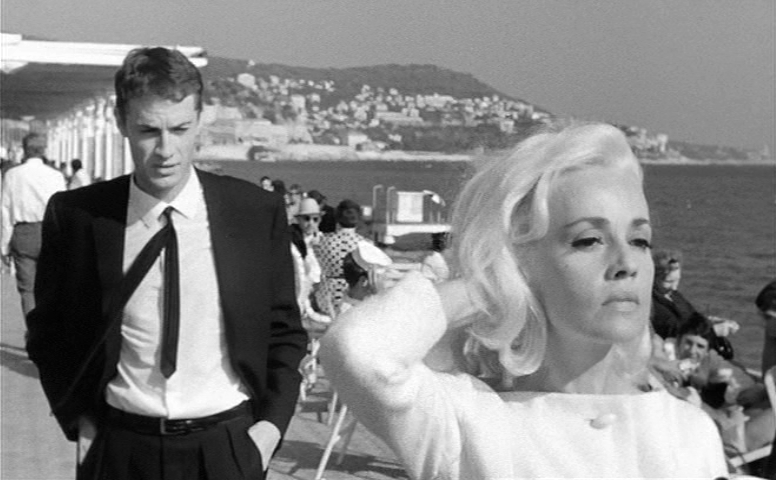
“Bay of Angels” is a good demonstration that a “second best” work of superb artists can be better than the crowning works of many another creator. French director Jacques Demy had made his debut with 1960’s dreamy, romantic “Lola,” a sort of fairy tale for adults.
In 1964 he’d make another film in a similar vein, his eternal high water mark “The Umbrellas of Cherbourg.” That was the kind of thing his public liked. Upon her death in 2017, after a long and rewarding career in life,, the world was finally be able to state that one of France’s great acting treasures, Jeanne Moreau, was one of the cinema greats, period.
With so many fine performances to her credit, who can choose her best? (OK, 1960’s “Jules and Jim” will always be best remembered.) She had perhaps the best eye for directorial talent in film history, so her collaboration with Demy should have been great. Well… it is, and one wonders why more people don’t remember it.
“Bay of Angels” concerns a young man (Claude Mann), at the start of a promising business career, who starts to succumb to a compulsive gambling addiction while visiting a chic casino resort. It doesn’t help that he meets and falls under the sway of what may well be the most elegantly worldly-wise and world-weary woman in the entire world (who else?).
She is also a compulsive gambler, but she is like one of those drug addicts or alcoholics who have the unique knack of being able to live with and tolerate their bad habit (though they should issue a warning not to try it at home).
The story is interesting but it, the direction, and the other fine elements (such has the stunning black-and-white cinematography of Jean Rabier and an excellent, for-once-not-overexposed score from Michel Legrand) only serve as a setting for a great star’s excellent performance.
Perhaps “Bay” has lagged due to being somewhat unseen (due to its negative being severely damaged) until a restoration in recent years. Well, it’s back and better than ever now, so why not catch it?
4. Medium Cool (1969)
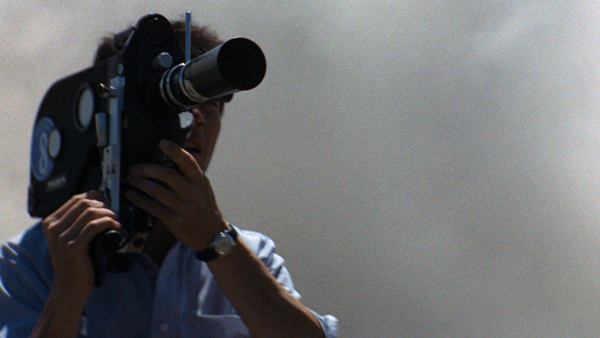
The troubled year of 1968 was surely a seminal one in the recent history of Western civilization. Those who lived through it truly thought that the world was coming completely unglued thanks to war, riot (racial and war related), civil unrest, intergenerational conflict (yes, there’s always been that but never to the degree of that era), and other burgeoning changes. That time produced some interesting (though not always good) films and one of the most talked about was “Medium Cool,” which was odd since it wasn’t among the most seen (at all).
Haskell Wexler (who died in 2017 at a satisfyingly ripe age) was one of best and most innovative cinematographers of the New Hollywood era and the years leading up to it (and an Oscar winner for his groundbreaking work in 1966’s “Who’s Afraid of Virginia Woolf?”, one of the last great black-and-white films).
He was also one of Hollywood’s most committed liberals and a dedicated leftist of the take-no-prisoners variety. He didn’t have a burning desire to start a directorial career but he had some things to say and knew that if he didn’t take the reigns, no one else would.
He somehow convinced Paramount to fund a semi-improvised film about a somewhat self-centered and impassive TV news photographer (then-newcomer Robert Forrester in a smashing debut, though his career wouldn’t flower for quite some time), who goes around taking pictures of the dramatic events of the day without feeling the need to become involved in situations which should be affecting him as a human being. (Infamously, the most pressing is the historic chaos at the 1968 Democratic convention in Chicago, an event the film inadvertently captured but used anyway.)
The film also cast the interesting Verna Bloom as an Appalachian war widow with a young son who begins to touch the icy main character (she should have had a big career, but…). This was/is a film with something to say (the title is a play on a Marshall McLuhan quote concerning the passive nature of television) and it was never, even in that more cinematically adventurous time, going to be a “date” movie. But isn’t it wonderful that there was a time when it could get made and released by a major studio?
5. The Ruling Class (1972)
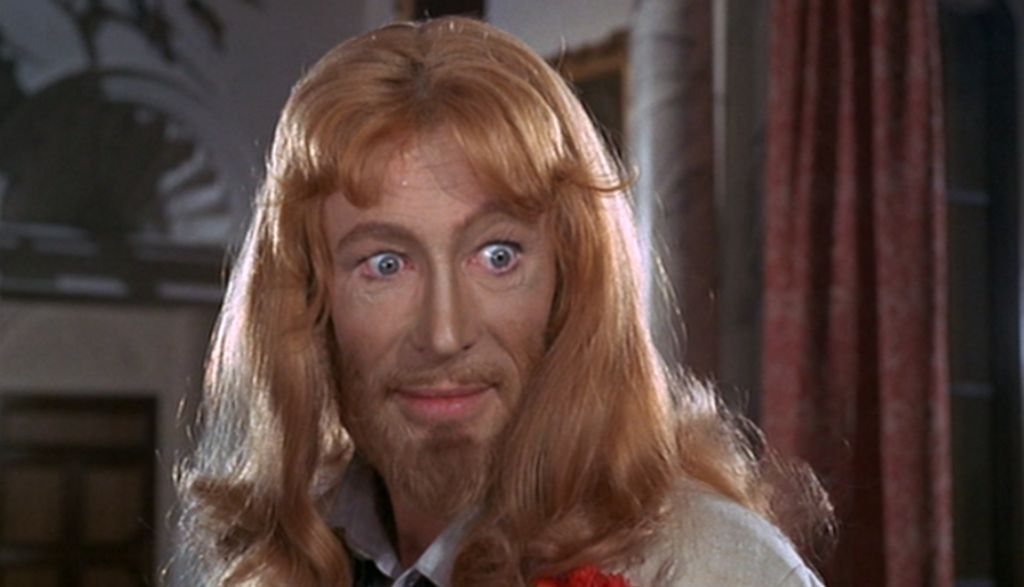
Peter O’Toole was a big star in such films as 1964’s “Becket” and 1968’s “The Lion in Winter” (playing King Henry II in both) and indelibly, 1962’s “Lawrence of Arabia.” He was also a cult star as well (many opined that he was really a character actor stuck in a movie star’s body). He turned down David Lean’s offer to play Dr. Zhivago but took the chance on little known director Richard Rush for 1980’s “The Stunt Man” and actor-turned-director Richard Benjamin’s “My Favorite Year” (1982).
It says something for him that he got Oscar nominations for all the previously mentioned (and three more, including one for the film under discussion, though the Academy shamefully only gave him an honorary Oscar). Somewhat lesser known, but a cult favorite to a number of fans, is this adaptation of a popular British play (too Anglo-centric to be gracefully exported), directed by the little-known Peter Medak.
“The Ruling Class” takes a most pointed swipe at the British class system. A certain upper-class and titled family finds its ancestral family tree suffering with something like Dutch Elm disease. The current Earl (veteran British character actor Harry Andrews), so outwardly tough and stiff-upper-lip, dies thanks to a mishap involving his ritual game of auto asphyxiation (it involves a traditional officer’s dress jacket and a tutu).
To his family’s horror, the title (and money) must now pass to his son (O’Toole), long confined to a mental hospital. Why? Well, he thinks himself to be Jesus Christ! (He dresses and makes himself up accordingly.)
Honestly, they should have left bad enough alone but the bunch gets the idea of having him produce an heir (whom they will control) and putting the prospective father back in the hatch. However, to accomplish this, they must rid him of his Christ delusions, which they manage, only to have him latch onto another historical figure… Jack the Ripper! Wildly enough, this one meshes far better with upper-crust British society!
This film is blessed with a tremendous cast of British stalwarts such as Arthur Lowe, Coral Browne and Michael Bryant, but nobody outdoes O’Toole (though the great British character actor Alastair Sim, in his last major role as a garrulous, out-of-it bishop, comes close). The writing is also very sharp (if a bit hollow, since these characters can’t be taken for real people).
The problem many have with this film is that there is too much of muchness. At two and half hours, it goes on too long (was anything cut from the play?). It also gets to be a bit broad and redundant at times. However, its virtues, especially the lead, make it more than worth the lapses.